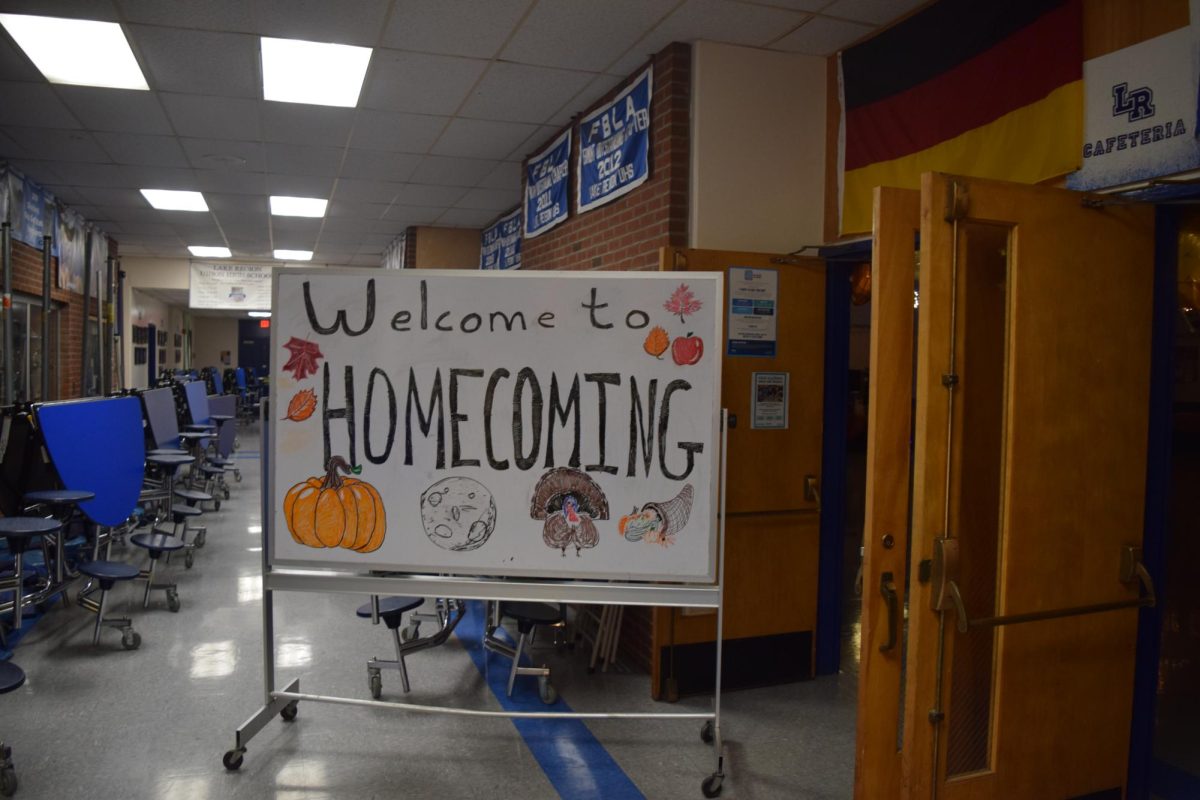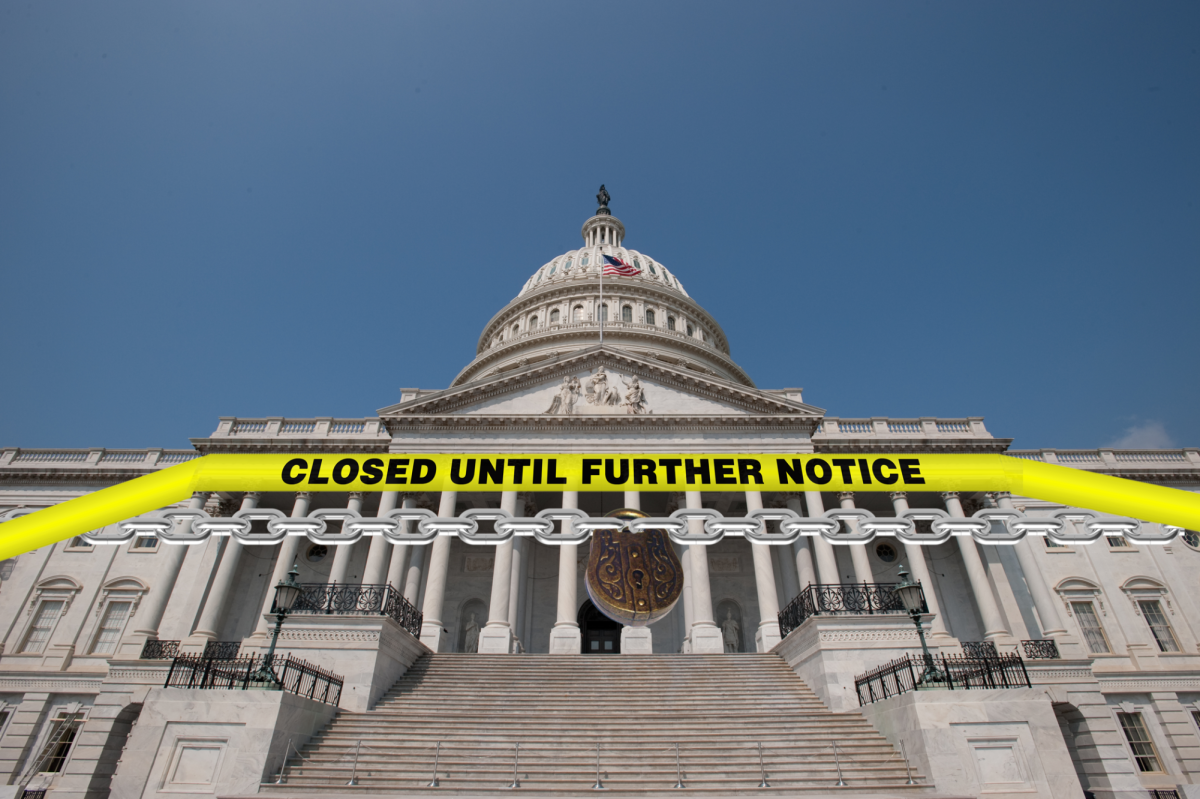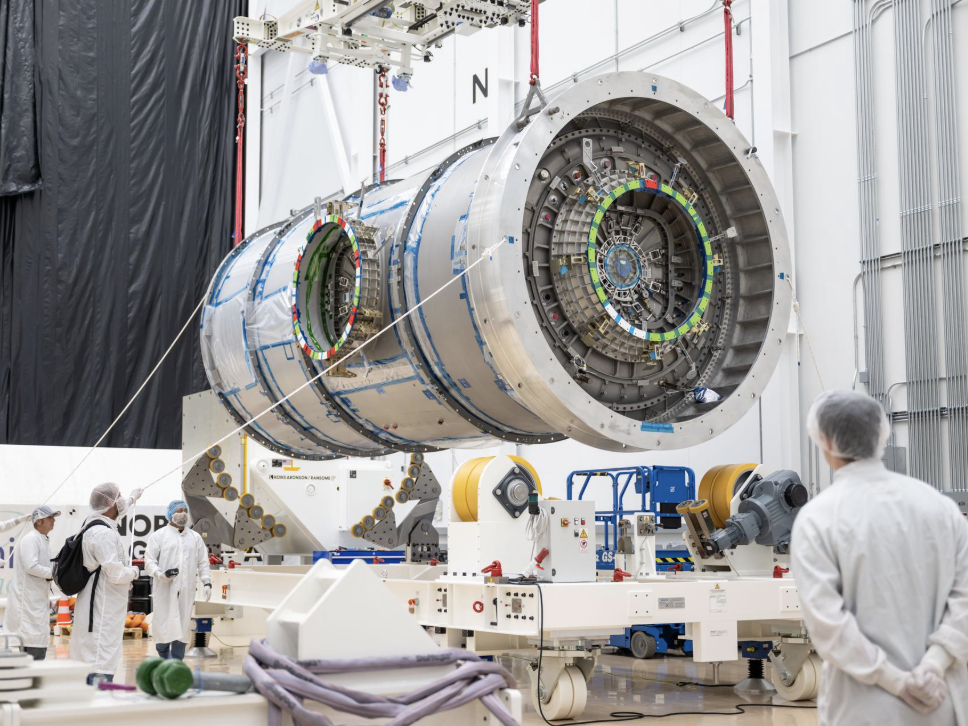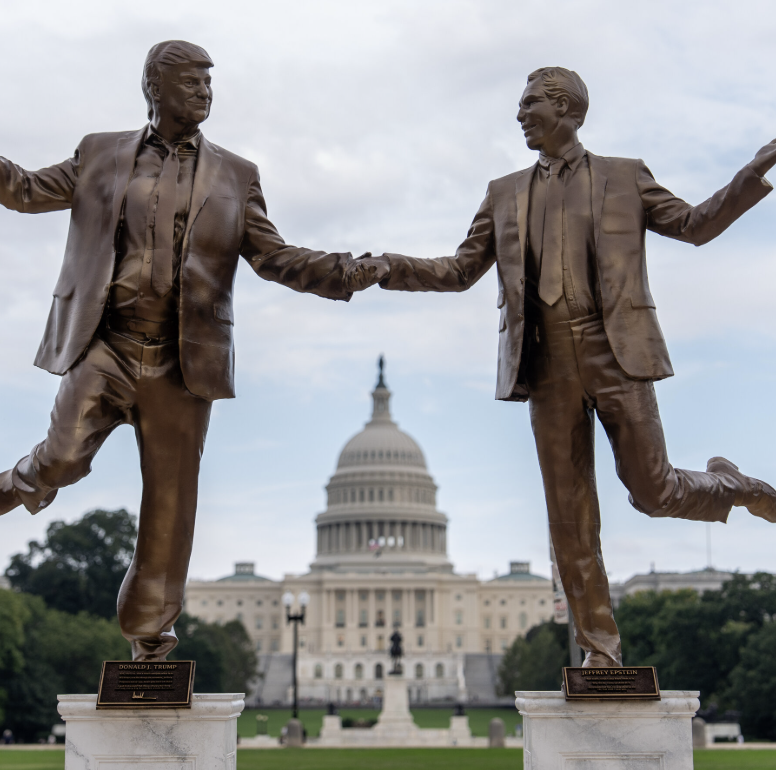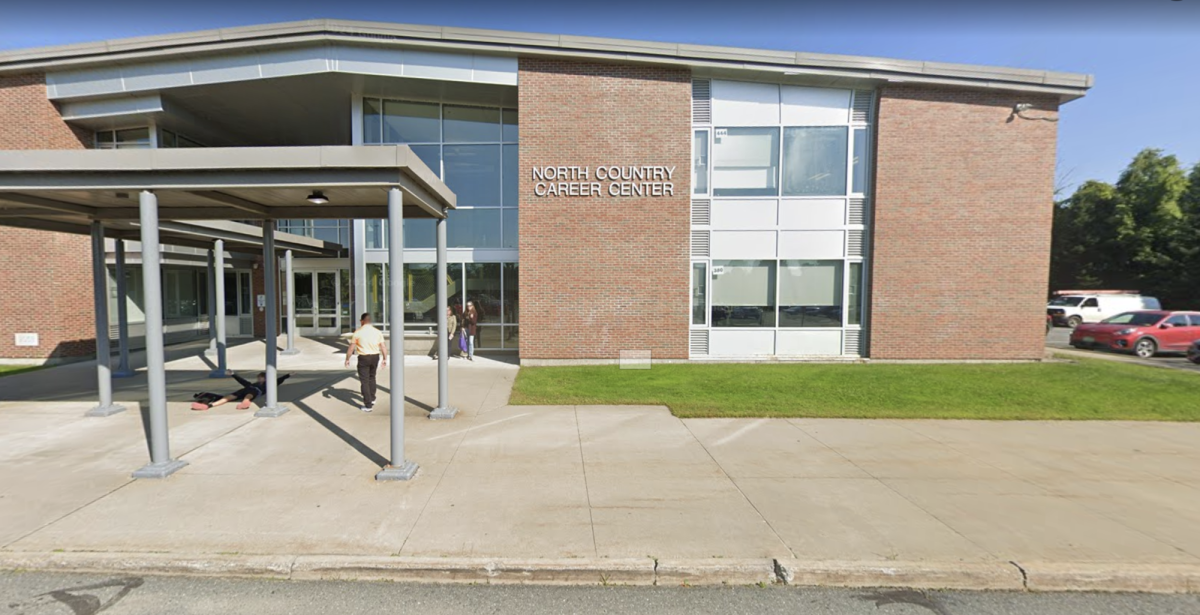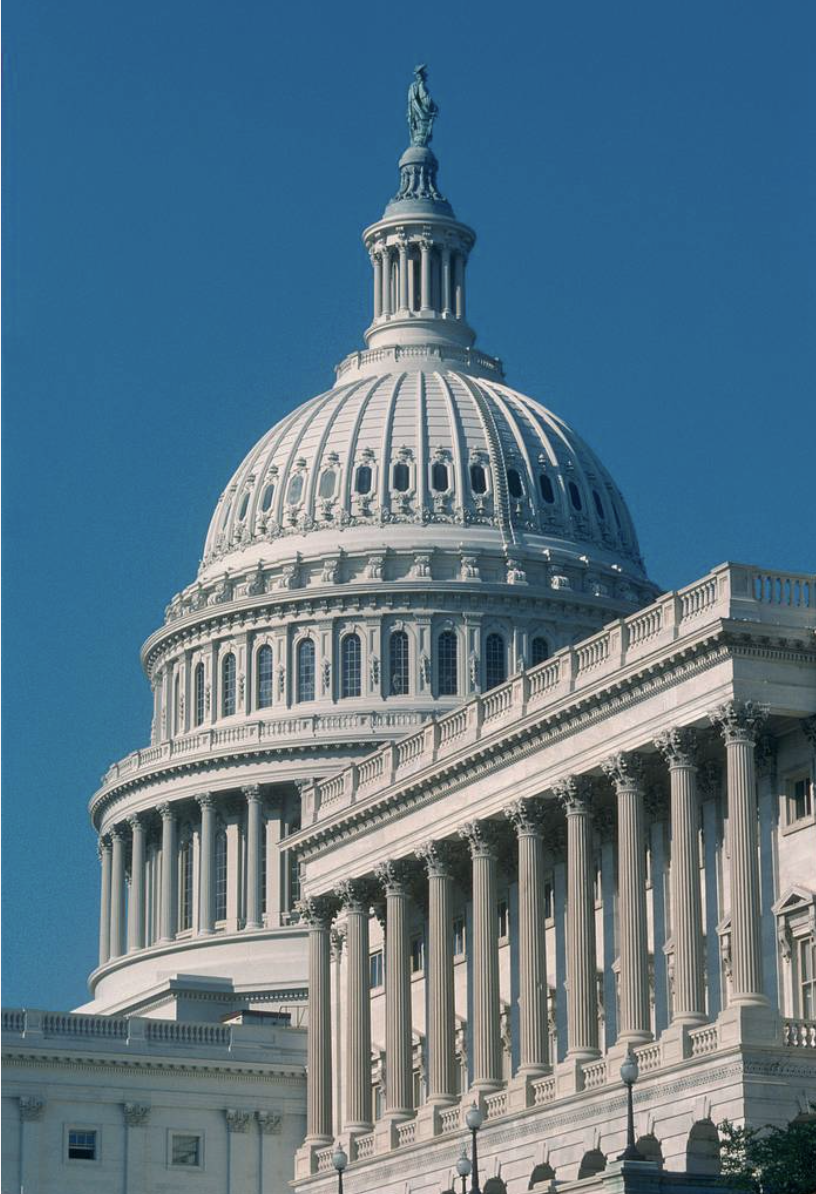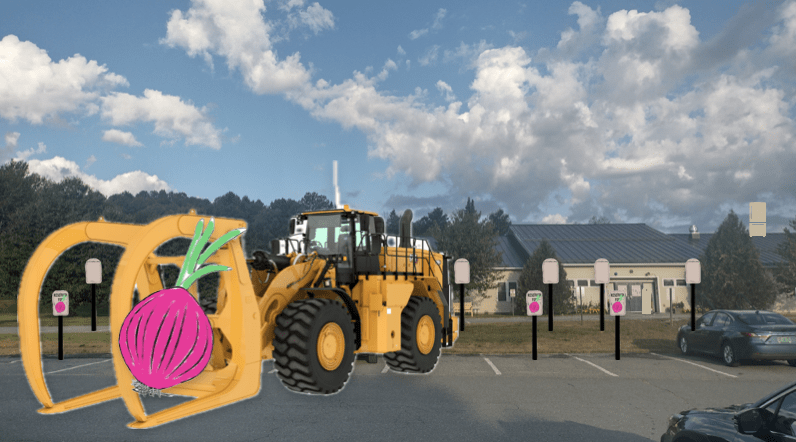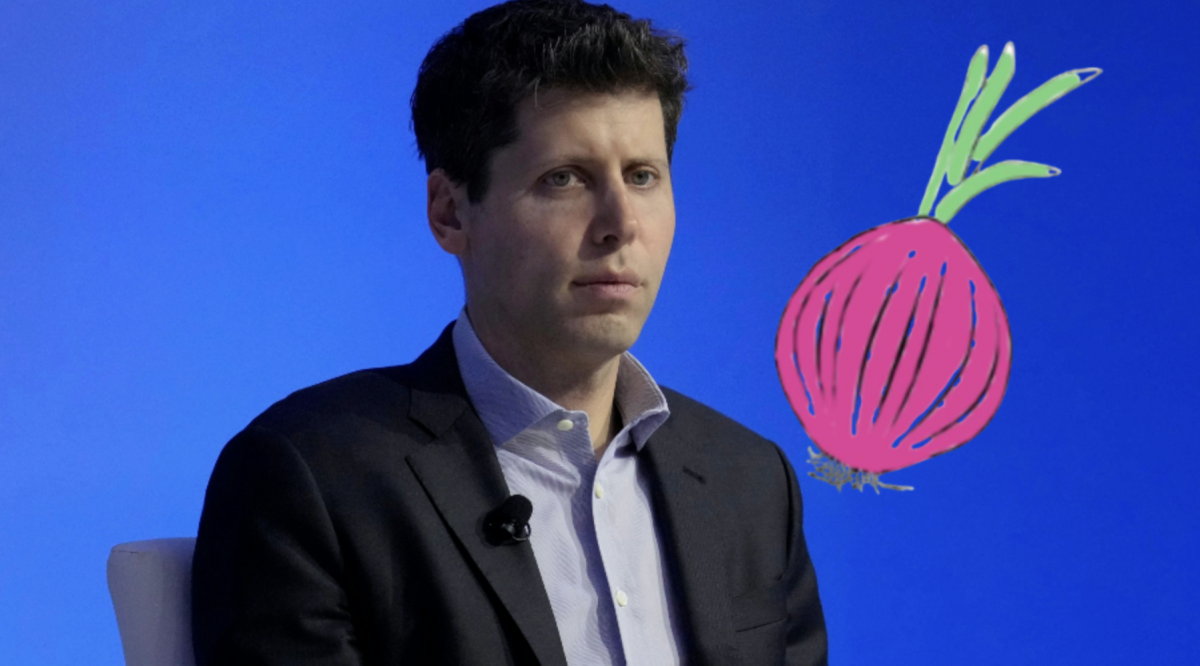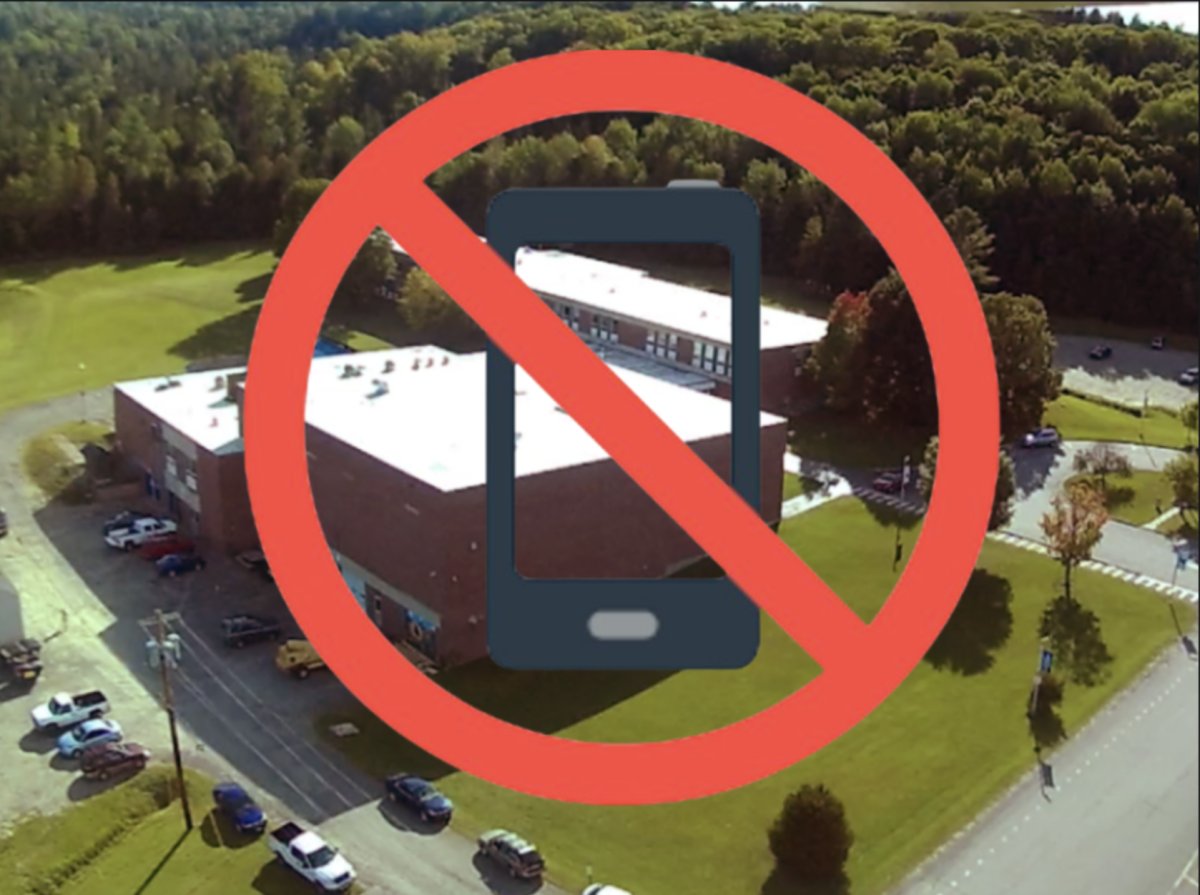The U.S. government has been shut down for nearly two weeks after Congress failed to pass a funding bill before the October 1 deadline. The main disagreement is over health care funding — Democrats want to extend Affordable Care Act subsidies, while Republicans argue that issue should be settled after the government is reopened. As a result, about 750,000 federal employees have been furloughed or are working without pay, and many agencies, including the IRS and the Smithsonian museums, have scaled back or closed operations. Essential services like the military, air traffic control, and border protection are still running, though under strained conditions.
The shutdown’s effects are spreading across the economy, delaying federal reports, reducing government services, and slowing overall growth. Treasury officials have warned that the longer the shutdown lasts, the more damage it will cause. The Senate is expected to attempt another vote to fund the government this week, but deep partisan divides make a quick resolution unlikely. Without a deal soon, more layoffs and service disruptions could follow, and this may become one of the longest shutdowns in U.S. history.
